Scientists reworked CRISPR prime’s molecular makeup to precisely cut out up to 10,000 DNA letters in one go, and increased the tool’s efficiency eight-fold.
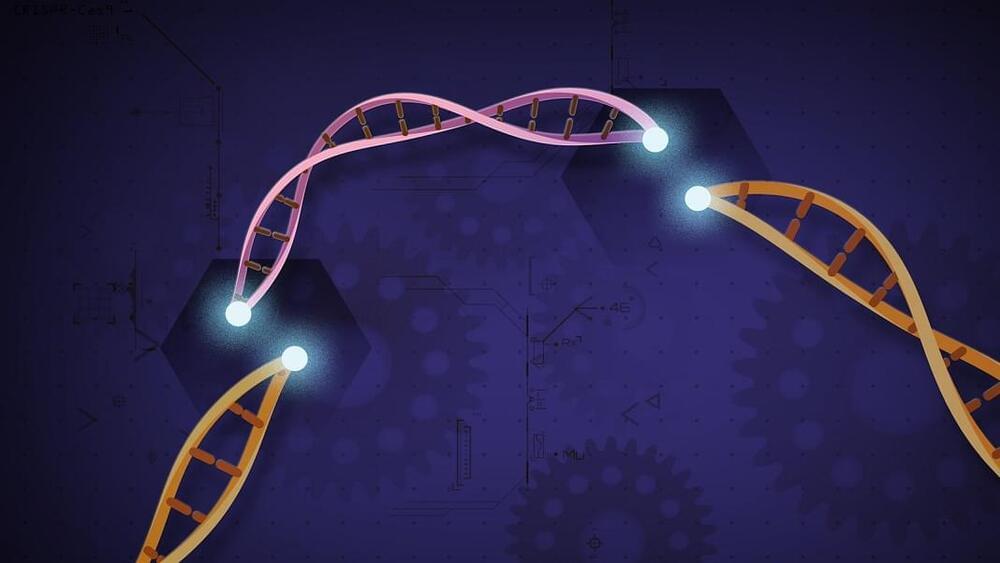

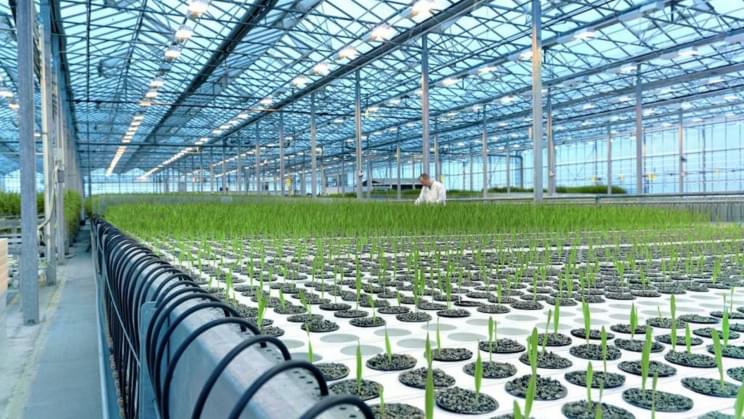
ORF Genetics in Iceland is growing 100,000 genetically engineered barley plants in a greenhouse measuring over 22 square feet (2 sq m) to create lab-grown meat.
This cutting-edge approach has the potential to lower prices, eliminate reliance on live animals in the lab-grown meat sector, and speed up the scaling-up process, according to BBC. And, with the fact that meat accounts for nearly 60 percent of all greenhouse gases from food production in mind, such a development could have far-reaching implications in the fight against climate change.
Ray Kurzweil — Singularitarian Immortalist, Director of Engineering at Google, famous inventor, author of How to Create a Mind http://GF2045.com/speakers/.
A world-class prolific inventor and leading futurist author, “the restless genius” (Wall Street Journal) points to 2045 for the technological singularity when A.I. will surpass human intelligence in his New York Times best seller The Singularity is Near, Amazon’s #1 book in science and philosophy.
In this video Ray Kurzweil discusses his predictions about radical life extension, singularity, life expansion and the imminence of physical immortality. He invites participants to the second international Global Future 2045 congress (June 2013) http://www.GF2045.com.
“If we have radical life extension only, we would get profoundly bored, we’d have profound existential ennui, running out of things to do, and new ideas, but that’s not what’s going to happen. In addition to radical life extension, we’re going to have radical life expansion, we’re going to have millions of virtual environments to explore, we’re going to literally expand our brains.”
“We’ll be routinely able to change our bodies very quickly, as well as our environments in virtual reality, but it will feel very real. We’ll ultimately be able to do that with real reality too, like self-organizing swarms of nanobots that can link themselves up into a virtual body.” says Ray Kurzweil.
For more information about the GF2045 congress, please visit http://www.GF2045.com
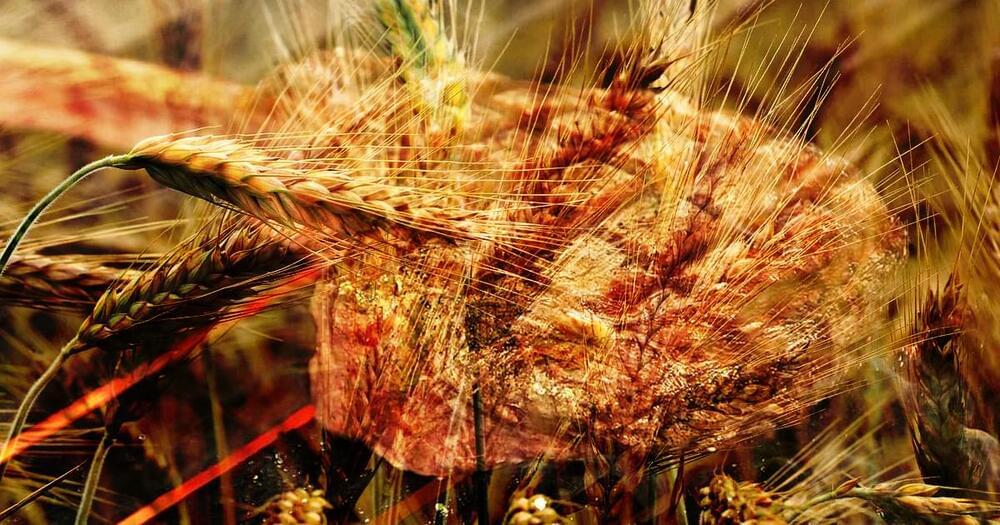
Researchers in Iceland are growing over 100,000 genetically modified barley plants inside a greenhouse for a very unusual purpose: creating lab-grown meat, the BBC reports.
The altered barley gets harvested and purified to extract “growth factor” proteins, which, in turn, can be used to cultivate lab-grown meat — an innovation that could make the lab-grown meat industry rely even less on live animals in the future.
The company behind the greenhouse, ORF Genetics, is growing the biogenetically engineered barley over 22,000 square feet using high-tech hydroponic cultivation methods.
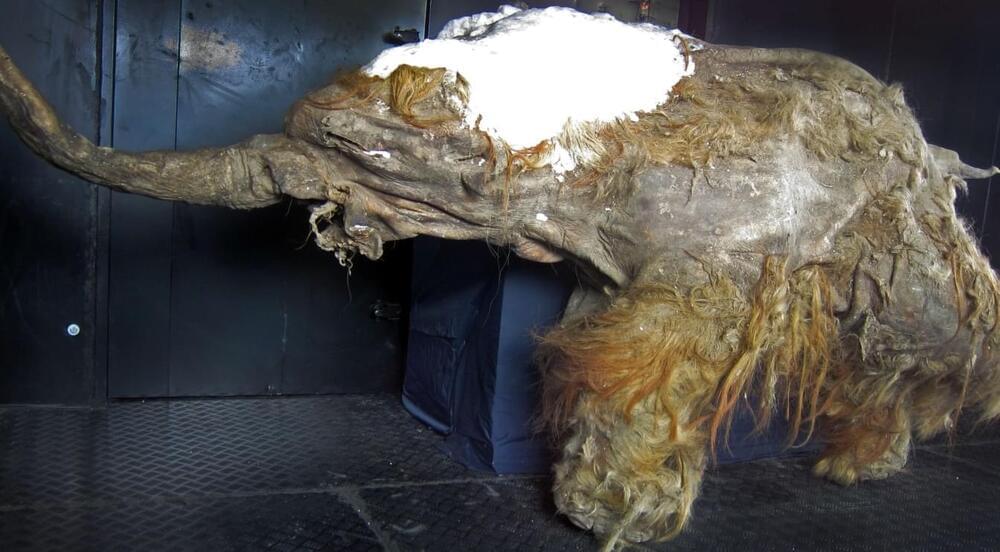
Circa 2019 o.o
The dream of resurrecting species like the woolly mammoth via genetic engineering is old enough that I remember reading articles about it in school 30 years ago. We may never be able to recover enough pristine genetic material from an intact woolly mammoth to make that approach feasible, but scientists working on the remains of the frozen mammoth known as Yuka have taken an incredible step nonetheless, demonstrating that at least some cell functions can remain intact after nearly 30,000 years.
Yuka, found in 2,010 is a juvenile woolly mammoth, considered to be the most intact and well-preserved mammoth ever found. That was critical to the researchers’ efforts — earlier tests in 2009 with a less-well-preserved but younger specimen at 15,000 years old yielded no positive results at all.
To be clear: The scientists in question were not able to bring Yuka’s cells back to life. After removing 88 nucleus-like structures from Yuka’s cells, they injected these structures into mouse oocytes — eggs — to see if they could be coaxed back into biological activity. While the cells ultimately failed to divide, they did undertake some of the steps required for cell division, such as spindle assembly. This spindle assembly process ensures that chromosomes are properly prepared to divide before the parent cell actually splits.

Strongest and toughest glass known developed by McGill University scientists.
Scientists from McGill University develop stronger and tougher glass, inspired by the inner layer of mollusk shells. Instead of shattering upon impact, the new material has the resiliency of plastic and could be used to improve cell phone screens in the future, among other applications.
While techniques like tempering and laminating can help reinforce glass, they are costly and no longer work once the surface is damaged. “Until now there were trade-offs between high strength, toughness, and transparency. Our new material is not only three times stronger than the normal glass, but also more than five times more fracture-resistant,” says Allen Ehrlicher, an Associate Professor in the Department of Bioengineering at McGill University.
Diagnosing, Treating, And Preventing Neglected Tropical Diseases — Dr. Maria Elena Bottazzi, BCM National School of Tropical Medicine, Baylor University.
Dr. Maria Elena Bottazzi (https://www.bcm.edu/people-search/maria-bottazzi-18431) is Distinguished Professor of Biology, Associate Dean of the National School of Tropical Medicine, and Professor in the Departments of Pediatrics, Molecular Virology and Microbiology, Integrative Molecular and Biomedical Sciences, and Translational Biology and Molecular Medicine, at Baylor College of Medicine.
Dr. Bottazzi is also Co-Director, Texas Children’s Hospital Center for Vaccine Development, Adjunct Professor, Department of Bioengineering, Rice University, and Editor-in-Chief, Current Tropical Medicine Reports.
Dr. Botazzi has a degree in microbiology from Universidad Nacional Autónoma de Honduras, a PhD from University Of Florida, did a Post-Doctoral Fellowship at University Of Pennsylvania and at University Of Miami Hospital And Clinics, and a Fellowship at American Association for the Advancement of Science Leshner Leadership Institute.
Dr. Botazzi is involved in a range of activities related to the development of novel vaccines and adjuvants for neglected tropical diseases (Chagas Disease, Leishmaniasis, Human Hookworm Vaccine, Schistosomiasis Vaccine), as well as extensive work on Covid vaccines.
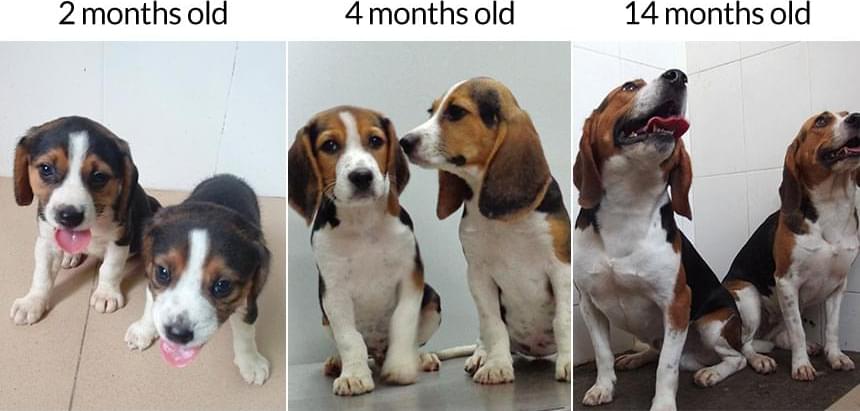
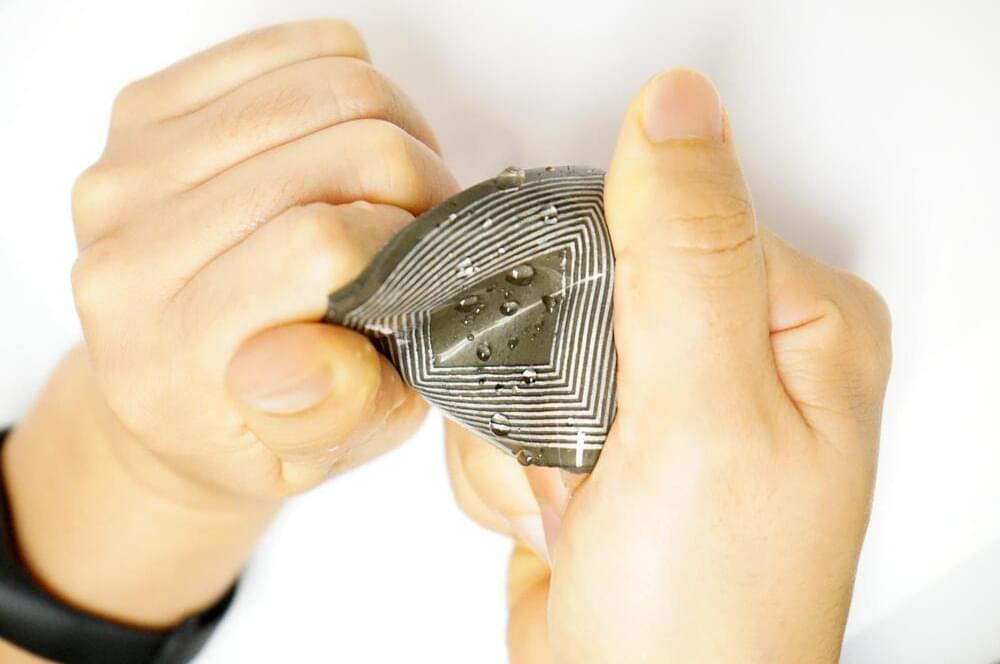
Traditional networks are unable to keep up with the demands of modern computing, such as cutting-edge computation and bandwidth-demanding services like video analytics and cybersecurity. In recent years, there has been a major shift in the focus of network research towards software-defined networks (SDN) and network function virtualization (NFV), two concepts that could overcome the limitations of traditional networking. SDN is an approach to network architecture that allows the network to be controlled using software applications, whereas NFV seeks to move functions like firewalls and encryption to virtual servers. SDN and NFV can help enterprises perform more efficiently and reduce costs. Needless to say, a combination of the two would be far more powerful than either one alone.
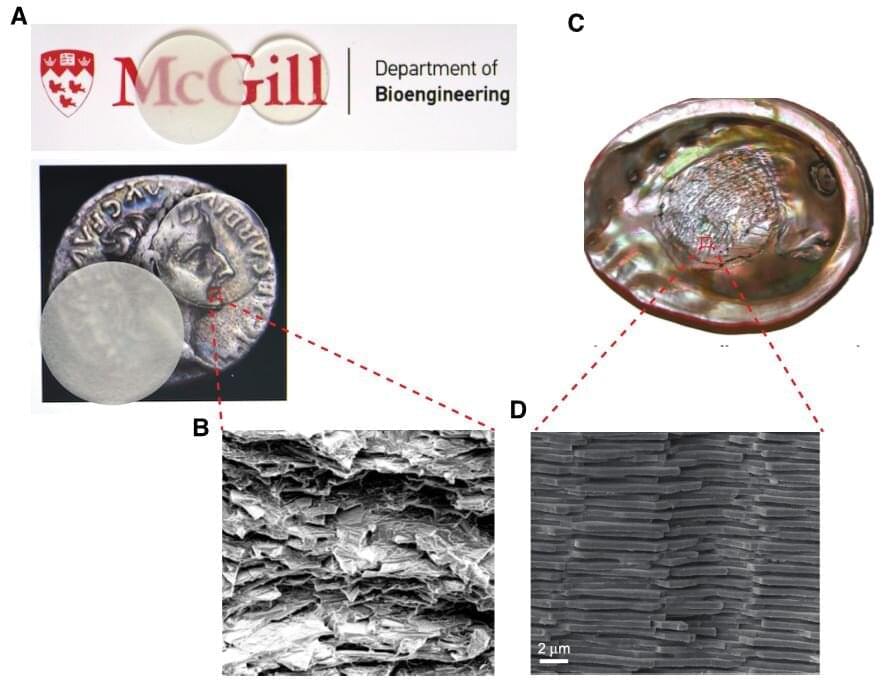
Amazingly, nacre has the rigidity of a stiff material and durability of a soft material, giving it the best of both worlds,” he explains. “It’s made of stiff pieces of chalk-like matter that are layered with soft proteins that are highly elastic. This structure produces exceptional strength, making it 3,000 times tougher than the materials that compose it.
Scientists from McGill University develop stronger and tougher glass, inspired by the inner layer of mollusk shells. Instead of shattering upon impact, the new material has the resiliency of plastic and could be used to improve cell phone screens in the future, among other applications.
While techniques like tempering and laminating can help reinforce glass, they are costly and no longer work once the surface is damaged. “Until now there were trade-offs between high strength, toughness, and transparency. Our new material is not only three times stronger than the normal glass, but also more than five times more fracture resistant,” says Allen Ehrlicher, an Associate Professor in the Department of Bioengineering at McGill University.
Nature as master of design
Drawing inspiration from nature, the scientist created a new glass and acrylic composite material that mimics nacre or mother of pearl. “Nature is a master of design. Studying the structure of biological materials and understanding how they work offers inspiration, and sometimes blueprints, for new materials,” says Ehrlicher.